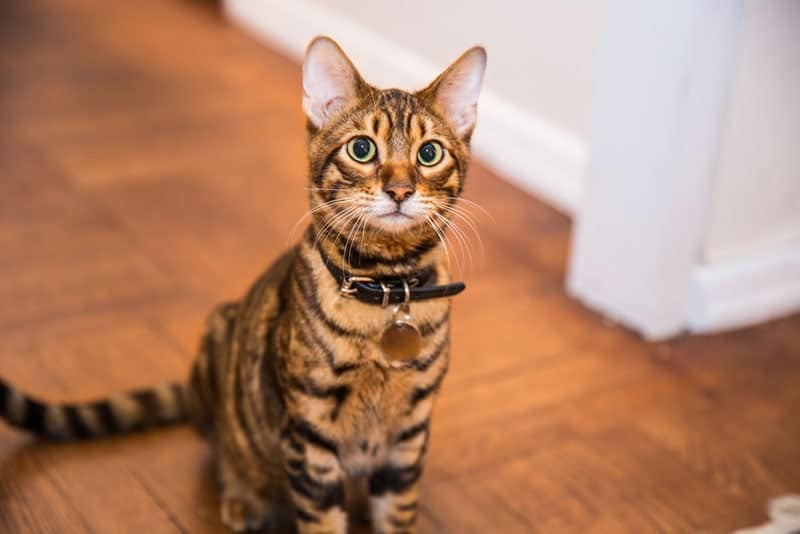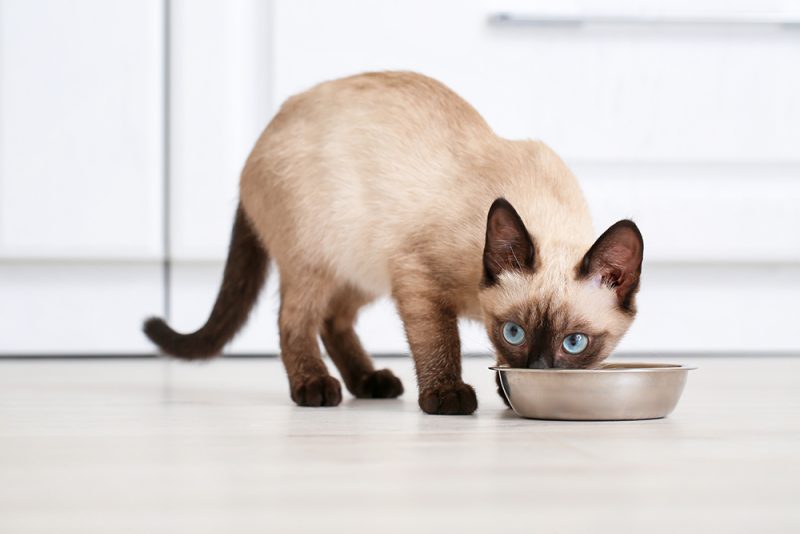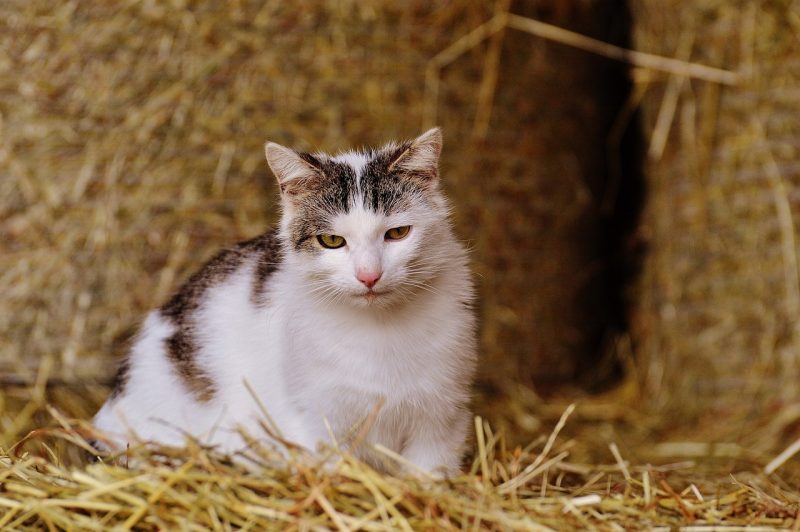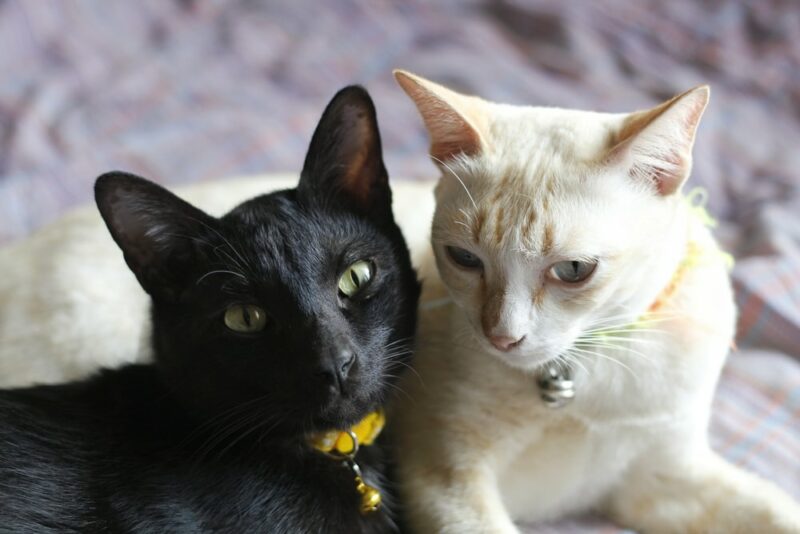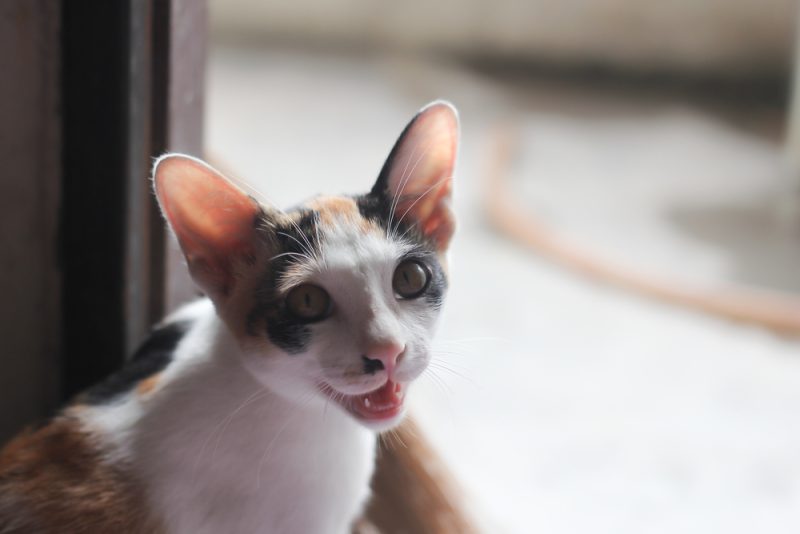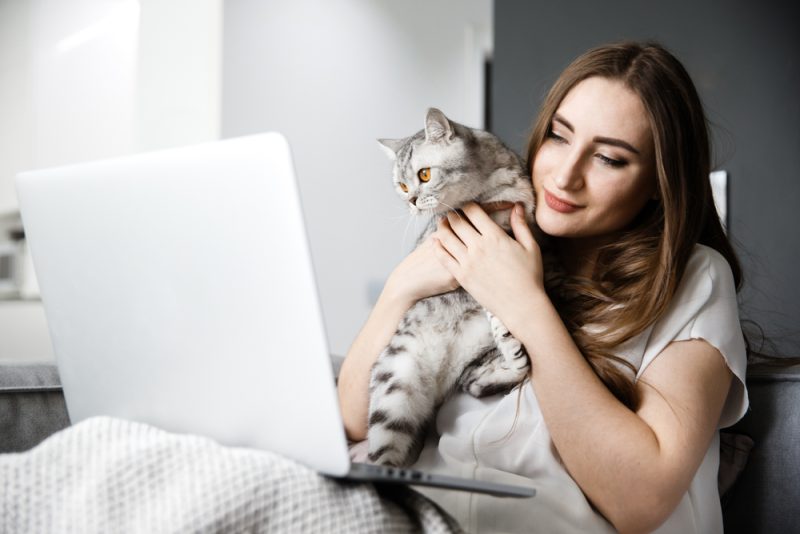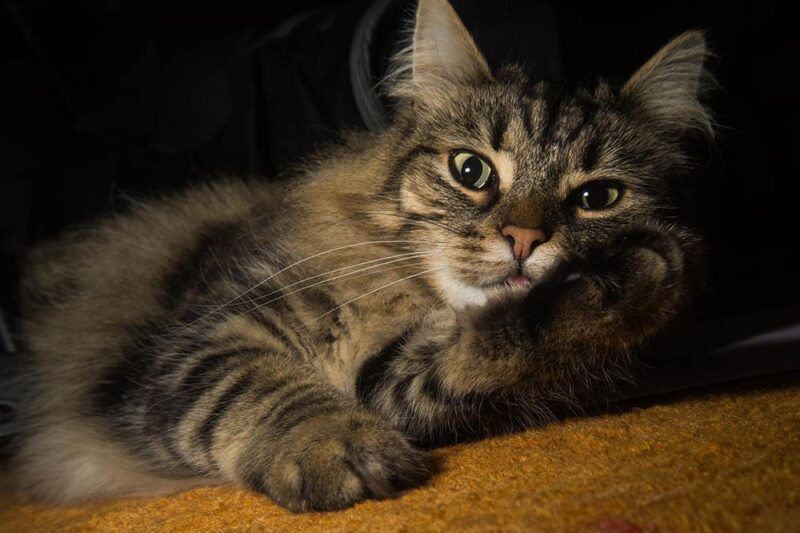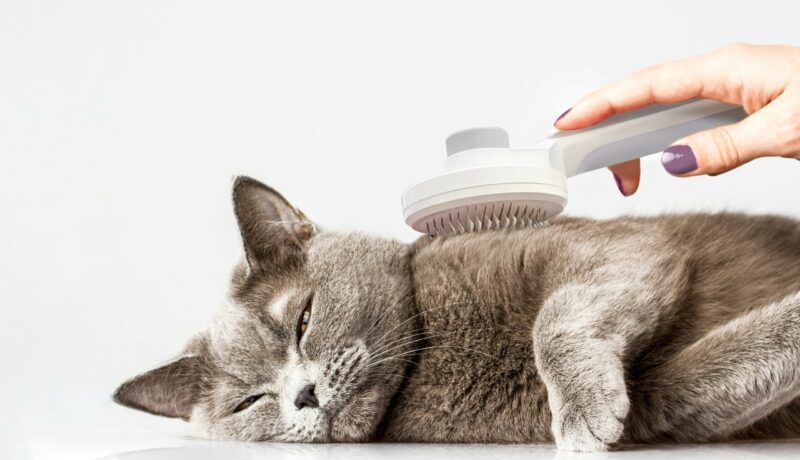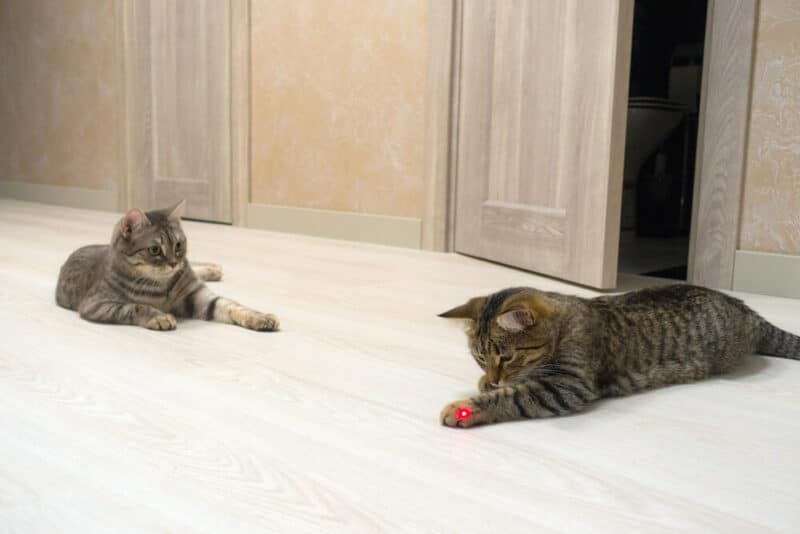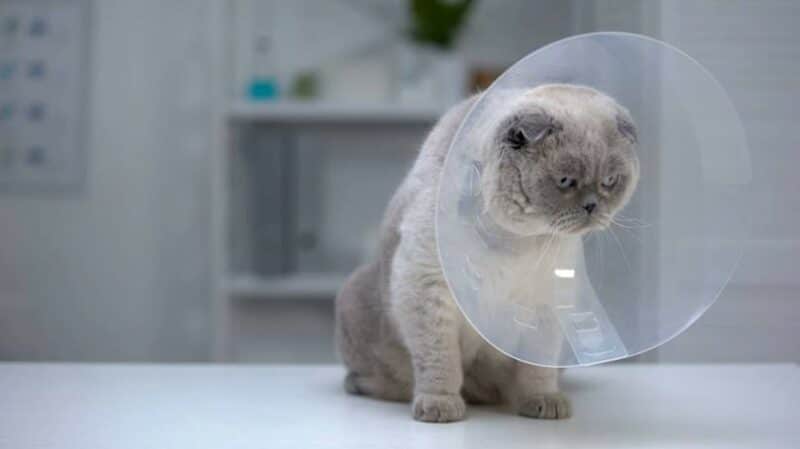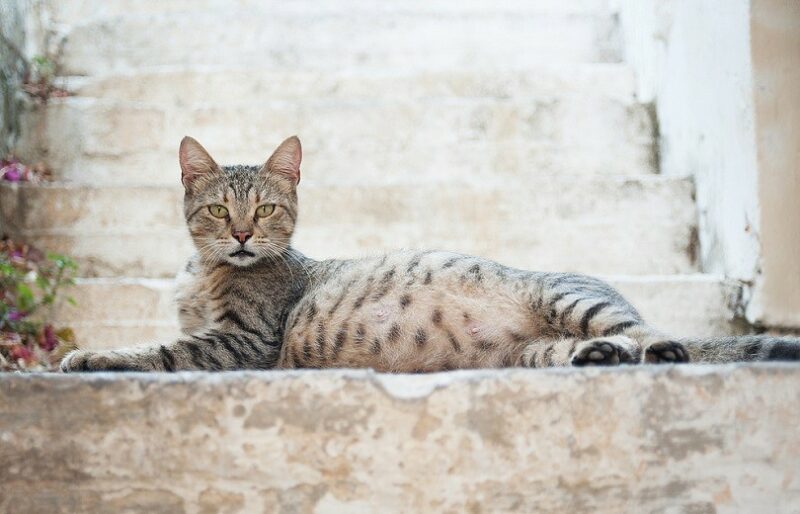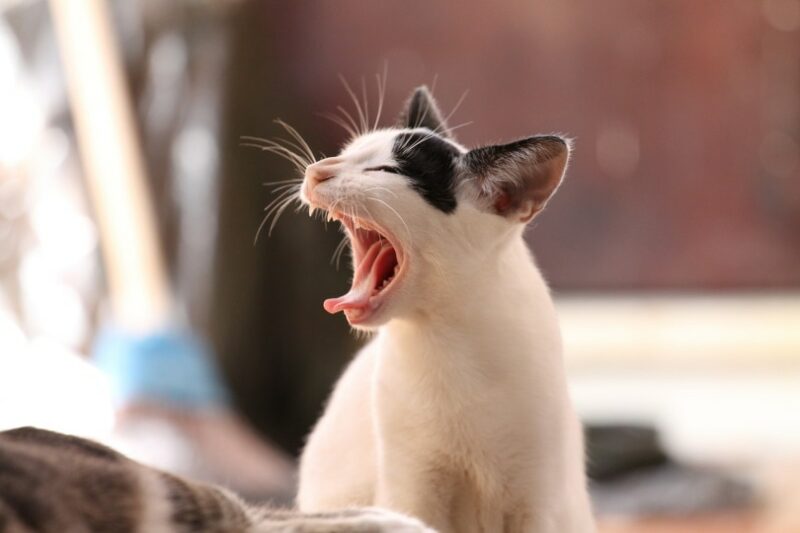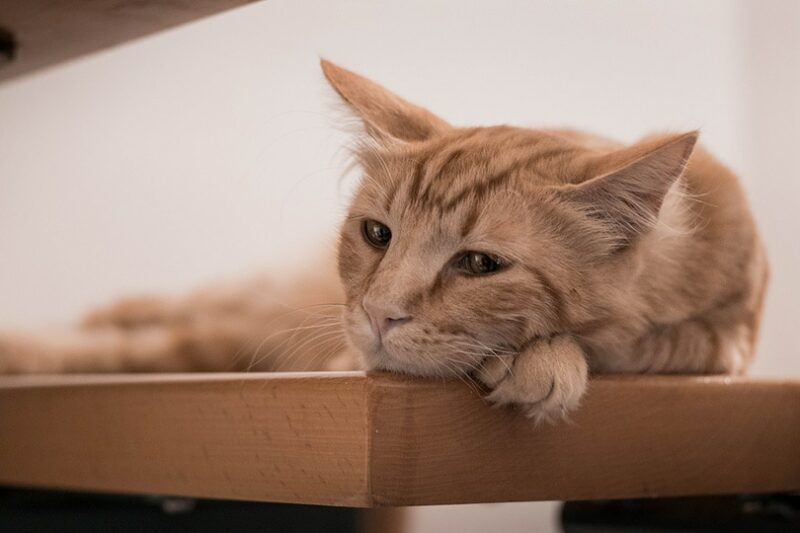When you think of collars, you might automatically think of dogs. But collars can also be useful for cats (and in fact, they should be used in certain situations), and you can choose from a few types. Choosing and fitting the collar is challenging, and so is training your feline to wear it. So, here, we take you through a few easy steps to collar train your cat to get them wearing their collar comfortably (and keeping it on).

The 8 Steps to Collar Train a Cat
1. Select a Collar
Before training your cat, you must pick the type of collar you want them to wear. There are different collars for various situations, and deciding why your cat needs one is important. Most owners buy a collar to help others identify their cats if they get loose or go missing.
We suggest getting your cat microchipped to help in this situation, as they can’t be removed, but some owners prefer using a collar with an ID tag or holder. The collars can come in various colors and finishes, including luminescent or glow-in-the-dark models. There’s usually a collar for all tastes available!
Some collars serve different functions, such as anti-anxiety and anti-flea collars. No matter the type of collar, all collars your cat wears must have a quick-release closing system for your cat’s safety. Cats easily get their collar stuck on a branch fence post or other place and can be injured or strangled. With a sharp pull, the quick-release collar will unfasten, and your cat will be free.
Finding the right cat collar can be tricky with so many options on the market. Our favorite is the Hepper Breakaway Collar, a durable hemp collar with adjustable slip-locks, a reliable quick-release buckle, and an included jingle bell to keep your local wildlife safe. This collar is stylish and practical, perfect for any cat!
- Hemp-Hemp Hooray - hemp breakaway cat collars are long-lasting and resistant to UV rays – The...
- What the neck?! - Our cat breakaway collar has adjustable sizing with metal slip-locks, and softens...
- Breakaway Safety - Cat collars breakaway to ensure that when out adventuring, the material getting...
2. Pick a Time and a Place
Attaching a collar to your cat can be stressful, but you’ll have better luck doing it in a serene environment. Picking a place your cat calls their own, such as a favored room in the house or a particular area of a room, can help keep your cat calm and relaxed. Time the training sessions to be 1 hour before their regular meal times so they are food motivated but not too hungry. Make sure there are no distractions, and consider using a cat-appeasing pheromone spray to ensure the environment is calm.
It’s also essential to allow enough time for your cat to investigate the collar; rushing them through this stage can stress them out or frighten them so much that they’ll run when they see the collar. It’ll make collar training easier on you both!
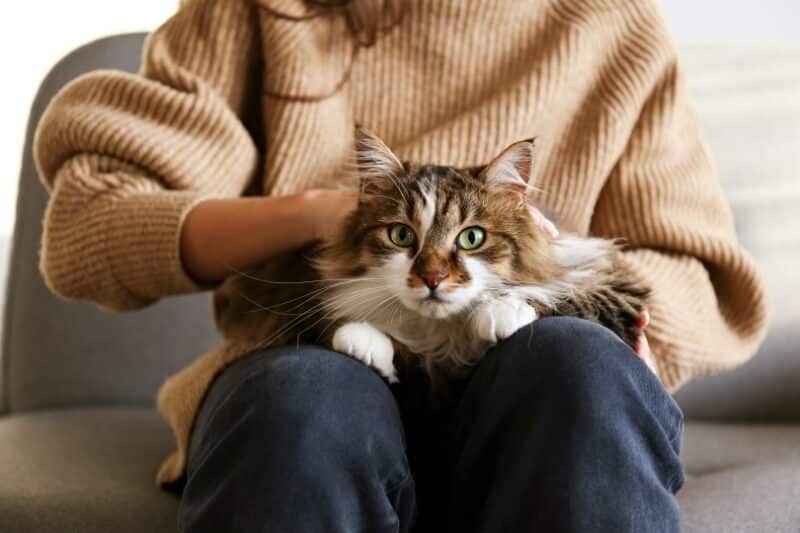
3. Allow Your Cat to Investigate the Collar
The next step is to allow your cat to investigate the collar. Cats are creatures of habit, so any new introductions to their routine can cause them stress. By allowing your cat to investigate the collar fully, you’re demystifying it and showing them the collar won’t hurt them.
You can add a pheromone spray or sprinkle catnip to the collar to make it more appealing if you wish (unless it’s already a pheromone collar). Another handy tip is to rub it on your cat’s bed or other “scent soakers” to add your cat’s scent onto the collar and make it familiar. Place the collar on the ground in front of your cat, and let them sniff at it. Then, praise them or offer them a treat when they’re brave and approach it.
4. Reward Them
The next step is to make your cat want to wear their collar. You can do this by holding the collar in your hands and tempting them, to place their heads through it to get a treat. Hold the collar out to them, and hold a treat behind it so they’ll have to put their head through it to get to it. If you have a clever cat, they might try and go around the collar to get to it; don’t give in! Keep leading them back to the collar, and only give them the treat once they reach through the hole to get it.
Gradually get your cat used to the feeling of the collar against their neck’s fur and skin and only attach the collar once your cat seems comfortable with this step.
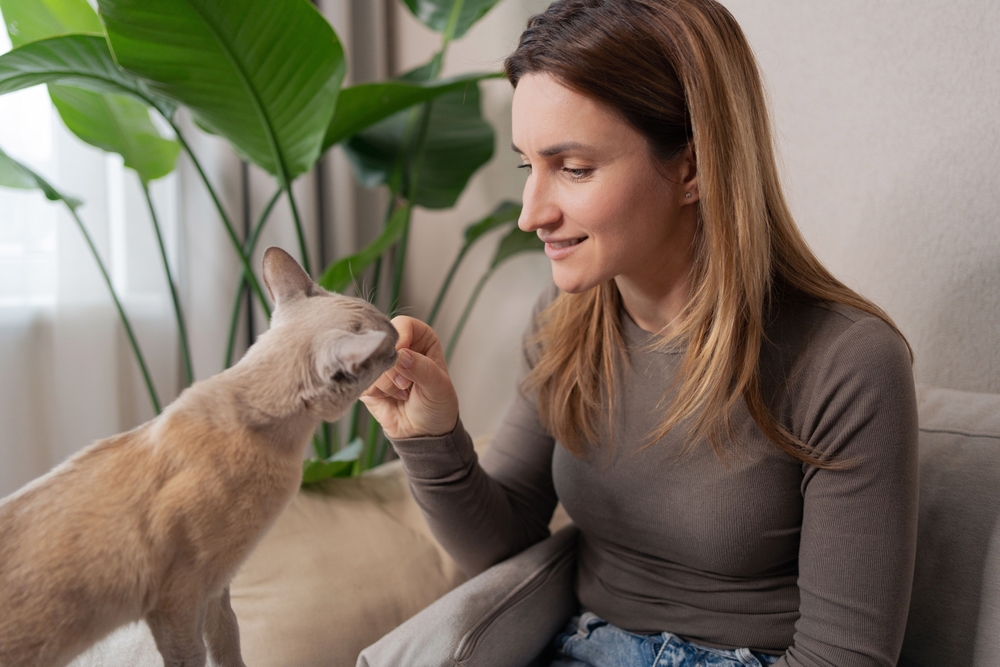
5. Fit the Collar
- Open it as wide as it will go, and position your cat on your lap or between your legs in front of you, facing away.
- Gently slip the collar over their head, and tighten it, leaving plenty of space for the moment.
- Place one or two fingers under the collar, and tighten it fully, leaving the one or two-finger space around your cat’s neck.
For smaller cats two fingers extra space is too much so one should be enough, but for medium-sized cats two fingers’ space is the standard. This space is important, as it ensures the collar is not too tight while being secure enough that they shouldn’t be able to get it off. If there is an excess collar hanging off once this is done, take it back off of your cat, and cut any excess off before re-fitting.
6. Build Confidence
Now that you’ve attached your cat’s collar, praise and reward them with a treat. If they’re used to putting their head through, they shouldn’t try to remove it, but some cats may back up or paw at the collar. You can calmly distract them if this happens and only give them a treat once they leave it alone.
You may have to remove the collar if your cat gets too stressed, but you can build up their confidence and the time they wear it by doing similar “sitting sessions” and rewarding them when they wear the collar calmly.
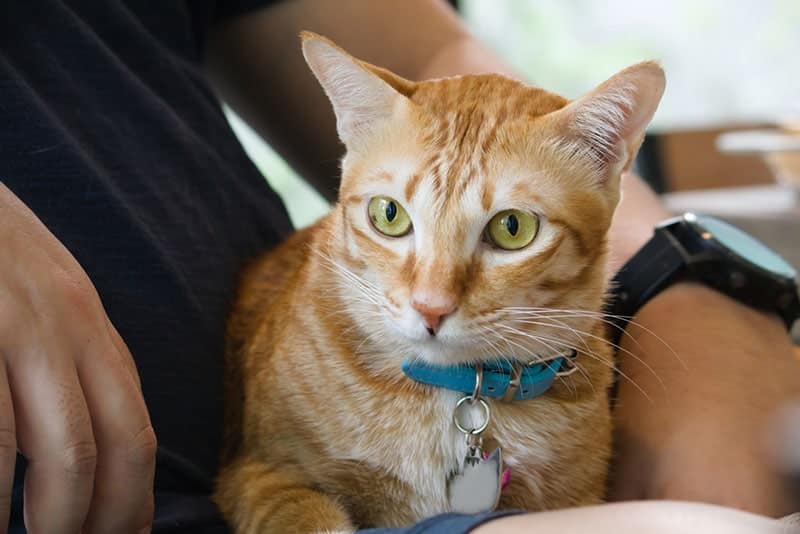
Image Credit: Prapan Chulapinyo, Shutterstock
7. Check the Fit
Now that your cat is wearing the collar comfortably, you need to perform checks to keep your cat safe and comfortable while wearing it. The most important point is to check the collar’s fit periodically, as a cat’s weight can fluctuate, and the collar may become too tight or loose. Using two fingers, slip them under your cat collar, and ensure it’s snug to your fingers but that you’re not pulling to place them inside. This will ensure that your cat is comfortable and the collar isn’t too tight while being secure around their neck.
8. Keep an Eye on the Condition
The last step in collar training is to keep a close eye on the collar’s condition. Collars are subject to stress and grooming daily, and many can become worn or even break if they’re degraded enough. Regularly checking your cat’s collar lets you see whether it’s time to change it out for a new one. You can also see if there are any signs of irritation on your cat’s skin, which can occur over time with some types of collars (particularly flea collars).

Why Do Injuries From Some Collars Occur?
It’s essential to recognize the types of collars that are dangerous for cats to wear due to the increased likelihood of injury (or death) they bring. Certain types, such as elasticated collars, used to be praised for their safety, but cats can stretch them just enough to get a leg or their jaw through, leaving them helpless. This can cause devastating injuries and even death in some cases, as the collar cuts into the skin and muscles. Elasticated collars shouldn’t be used for this reason.
Buckled collars are particularly dangerous, as there is no way for a cat to get out if they become trapped. Only breakaway collars are recommended. Loose-fitting collars can also injure cats, so regularly checking the fit of your cat’s collar is essential to prevent strangulation or injuries.

Conclusion
Cats should wear collars even if they’re indoors because they provide instant identification if they escape. Quick-release collars are best for cats, since traditional collars can get hung up on branches and cause injuries or death. Slow introductions to the collar calmly and pleasantly (with plenty of treats) can help your cat become accustomed to the collar. With time and patience, your cat will become comfortable wearing their new collar and will have no problem with you changing it or checking the fit!
Featured Image Credit: stockelements, Shutterstock
